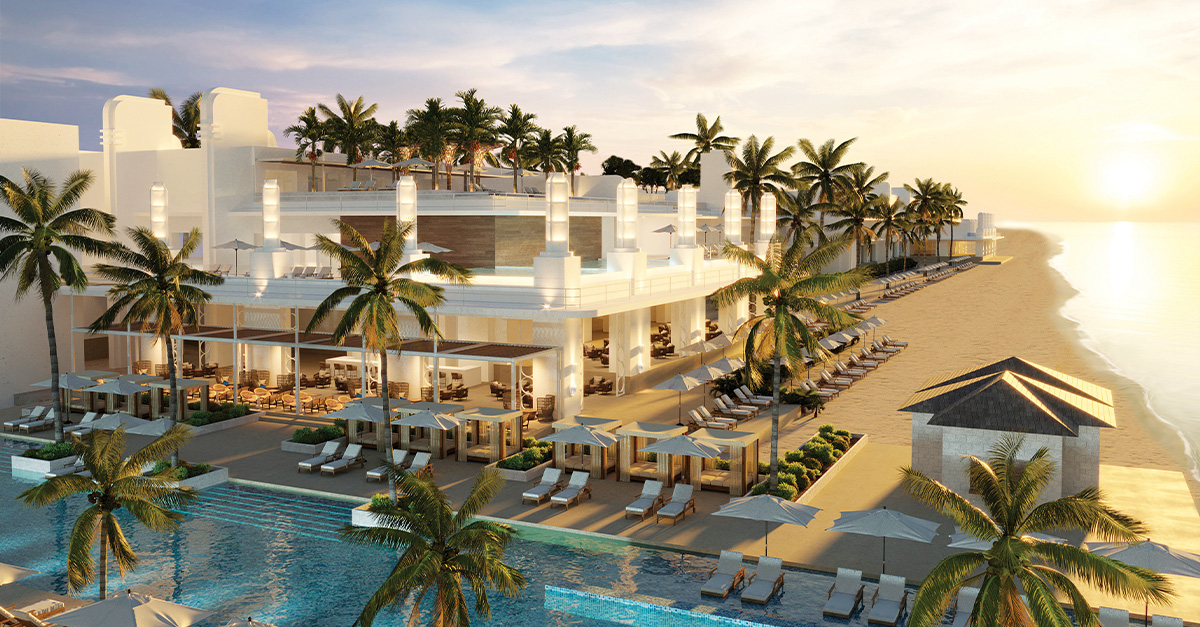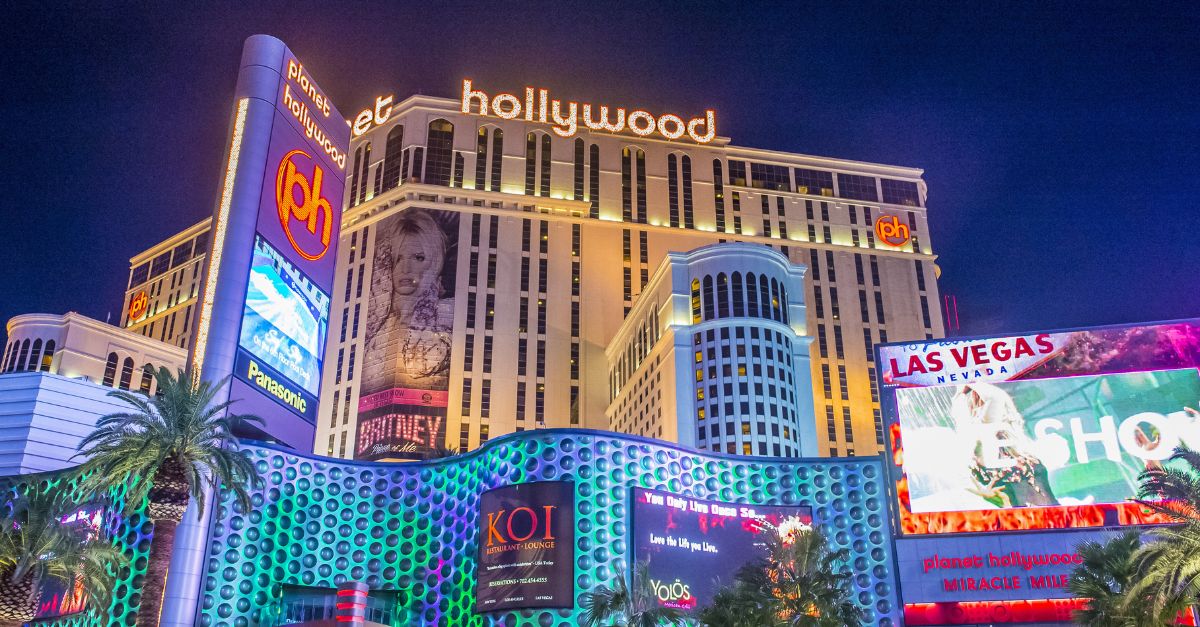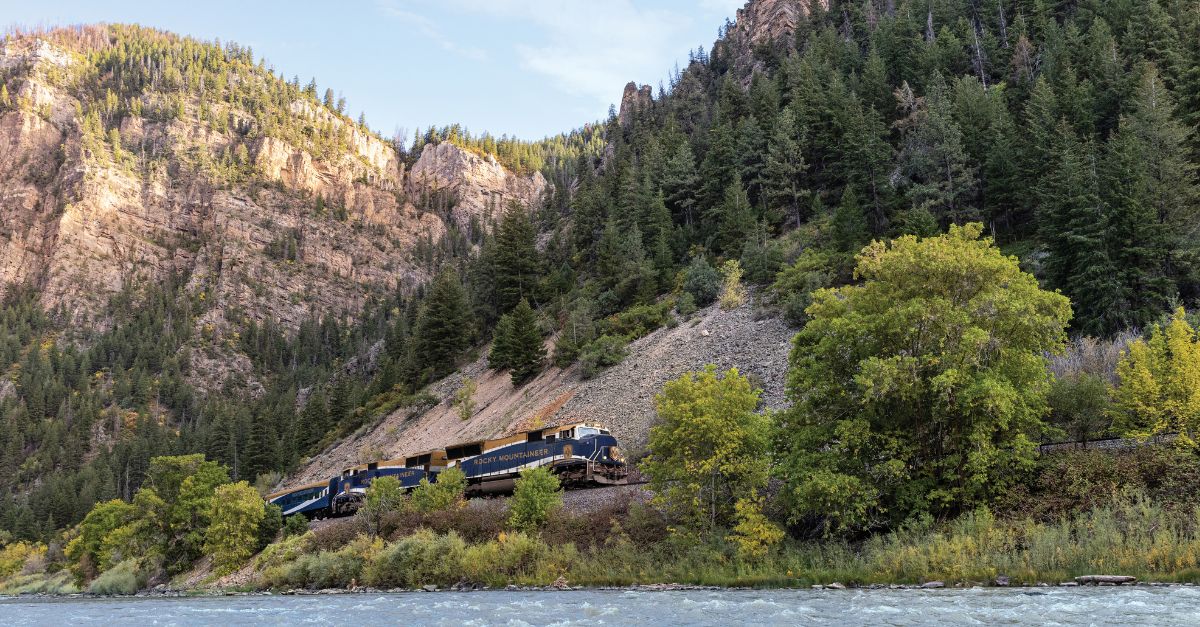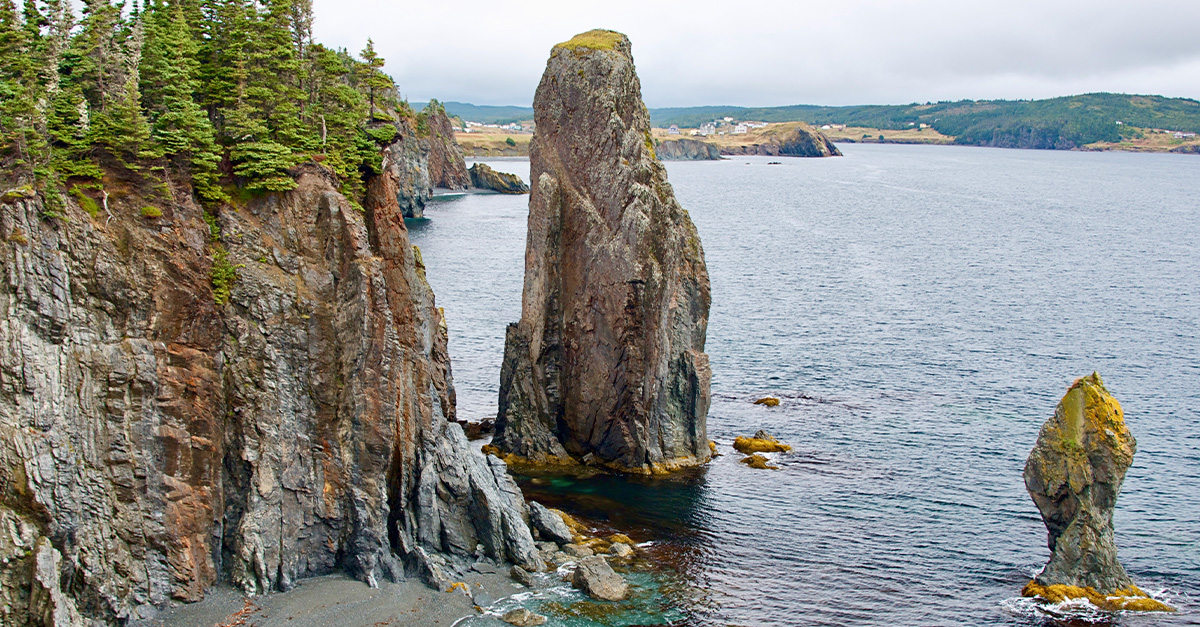Toes are sure to start tapping on a group tour of the Deep South, Aby Dunsby discovers.
Like this and want more details? Click here to download and save as a PDF.
It’s 1am in Nashville and I’m standing in a shoe shop on Broadway breathing in the heady scent of leather and seriously considering buying a pair of cowboy boots.
I’m not sure whether it’s down to the bourbon I’ve glugged or the countrified version of Del Shannon’s Runaway that I can hear being played in the honky tonk bar next door, but this is Music City – where Stetsons and spurs are worn with pride – and it’s clearly got to me.
Music courses through the veins of America’s Deep South, whether it’s blues and rock ’n’ roll in Memphis, jazz in New Orleans or country in Nashville, and the Newmarket Holidays fam trip I’ve joined is a pilgrimage set to each city’s beat.
On our tour we learn the stories of Johnny and Dolly, see the cotton fields where black workers sang the blues, and even walk in the steps of Elvis. Whether clients are music aficionados or not, it’s impossible not to be drawn into the history and the rhythm of each city.
Mandy McGlade, long-haul product manager at Newmarket Holidays, says: “The music theme of our tour and clients’ shared love of the music makes this a great trip for group travel.
“Clients are shown all the must-sees without the planning, and with travel by coach included. The tour managers really bring the trip to life: they have a great passion for music and knowledge of the area, and plenty of stories to share.”
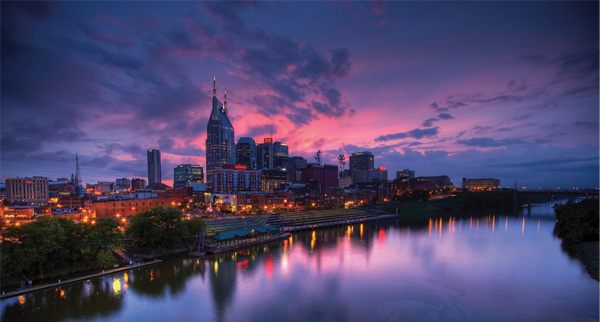
Nashville
Step into any of the honky-tonk bars along Broadway’s neon strip and you’ll discover a great band strumming country tunes for tips, keen to be spotted by the music agents who patrol the bars on open-mic nights.
The locals go to Tootsie’s Orchid Lounge, where Johnny Cash and Hank Williams used to drink, and to Robert’s Western World, where Stetson-toting locals eat fried bologna sandwiches, swill beer and dance. If it sounds intimidating, it’s the opposite: the vibe is unpretentious and authentic, and the locals are famously friendly.
Southwest of Downtown is Music Row, home to myriad record companies, producers’ offices and recording studios, including RCA’s legendary Studio B. We’re greeted by the handsome Brad, who with his quiff and checked shirt looks like he’s hopped out of a time machine from the 1950s. The tour brings to life the tales of Elvis Presley, Dolly Parton and the Everley Brothers, who all recorded unforgettable tracks here between 1957 and 1977, helping to establish Nashville’s identity as a recording centre and the birthplace of the Nashville Sound. The room remains almost as it was – clients can even play Elvis’s piano – and as Brad dims the lights, like Elvis used to, and plays a recording of Are You Lonesome Tonight?, for a moment The King is in the room with us.
A block away from the honky tonks is the Country Music Hall of Fame and Museum, a country music mecca that traces the genre’s origins from its redneck roots to its modern guise. If this is the classroom of country music, then the nearby Ryman Auditorium is, quite literally, the church: the Mother Church of Country Music started life as the Union Gospel Tabernacle, built by riverboat captain Thomas G Ryman in the 1880s.
By the time the Grand Ole Opry radio show came to the Ryman in 1943, those sitting on the polished pews came for the music – Hank Williams used to sneak out across the road to Tootsies to drink in between sets, and Johnny Cash kicked the lights in during one performance. The show changed history by making country music famous and tying it inextricably to Nashville, and to the Ryman itself.
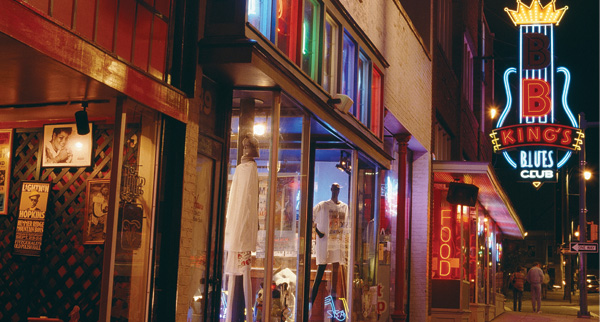
Memphis
The city built on rock ’n’ roll swings to a decidedly different beat from its country-loving cousin. It might lack the music business-like gloss of Nashville but I fall in love with its soul, which we hear in the melodies of Aretha Franklin, Isaac Hayes and Booker T Jones, who grew up here; and taste in the restaurants dishing out Memphis’s famed barbecue pork and dry ribs. Beale Street was a hub of the city’s blues movement in the 1940s, when stars such as BB King played in its bars. Today it’s a raucous, pedestrianised street where jazz, blues and rock ’n’ roll blare from speakers, local talents backflip for change, and tourists and locals flock to drink beer and dance.
At Stax Museum of American Soul Music, we learn how former recording studio Stax Records was a major player in the creation of Southern soul and Memphis soul music in the 1960s and 70s, while politically it stood for integration since it featured bands, artists and production staff of different races working together at a time of racial tension in the south (Martin Luther King Jr was shot at the Lorraine Hotel in Memphis in 1968).
For rock ’n’ roll buffs, a trip to Sun Studio – where the genre was born and Elvis Presley was discovered – is a must. Our excellent tour guide regales us with anecdotes from the artists who recorded here, playing their tracks and tapping her toes to the beat. By the time she’s done we’re all doing the same, and just standing in the same tiny room where Carl Perkins, Jerry Lee Lewis and Roy Orbison once recorded is spine-tingling.
Then, of course, there’s Graceland, the kitsch, crowded and wonderfully bizarre home of Elvis Presley, which clients on Newmarket Holidays’ tour can choose as an optional excursion alongside Sun Studios.
The King had his home redecorated in 1974, decking it out with shag-pile green walls, an indoor waterfall and a giant statue of a brass monkey; while not a bastion of good taste, it’s a wonderful insight into Elvis’s life. Although he died almost 40 years ago, countless fans still mourn at Presley’s grave. It’s a sobering sight, but the general ambience at Graceland is one of celebration and pride. Recommend clients see Elvis’s car collection and pay a few dollars extra to step inside his planes, especially the Lisa Marie, which comes complete with dining room and gold‑plated bathroom taps.
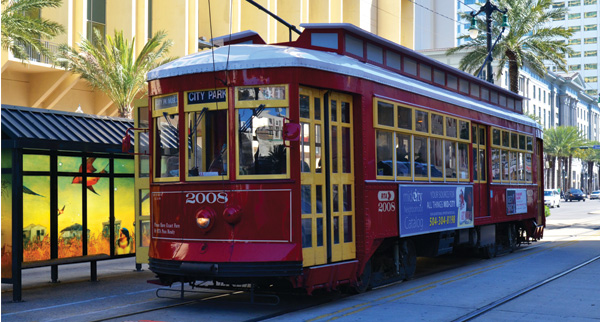
New Orleans
There’s something unique about this American city. You can feel it in the live jazz played by talented buskers on street corners and in the bars; in the architecture of the French Quarter, with its cast iron balconies and echoes of an imperial past; and in the stories of locals practising voodoo which we hear from our tour guide.
Walking around the beautiful French Quarter, we see few signs of the devastation wrought by hurricane Katrina 10 years ago, though as our air-conditioned coach moves through the historic trading hub of Esplanade Avenue, we spot several houses still bearing its scars.
Despite hurricanes, a past linked to slavery, and French and Spanish colonial rule, this is a city that remains unflinchingly upbeat and likes to let loose. Bourbon Street, where Creoles ate, drank and gambled in the late 1800s, is still a partying hub and a tourist attraction, and it’s a focal point during New Orleans’ many festivals including Mardi Gras.
During an evening aboard the Natchez steamboat we float along the Mississippi while sampling traditional dishes including gumbo and catfish, and listening to resident jazz band, the Dukes of Dixie Land. The food is yet another highlight in this soulful city: clients can’t leave without trying a po’ boy, a huge sandwich served on white New Orleans French bread and crammed with fried shrimp, oysters, crab and roast beef drenched in gravy.

